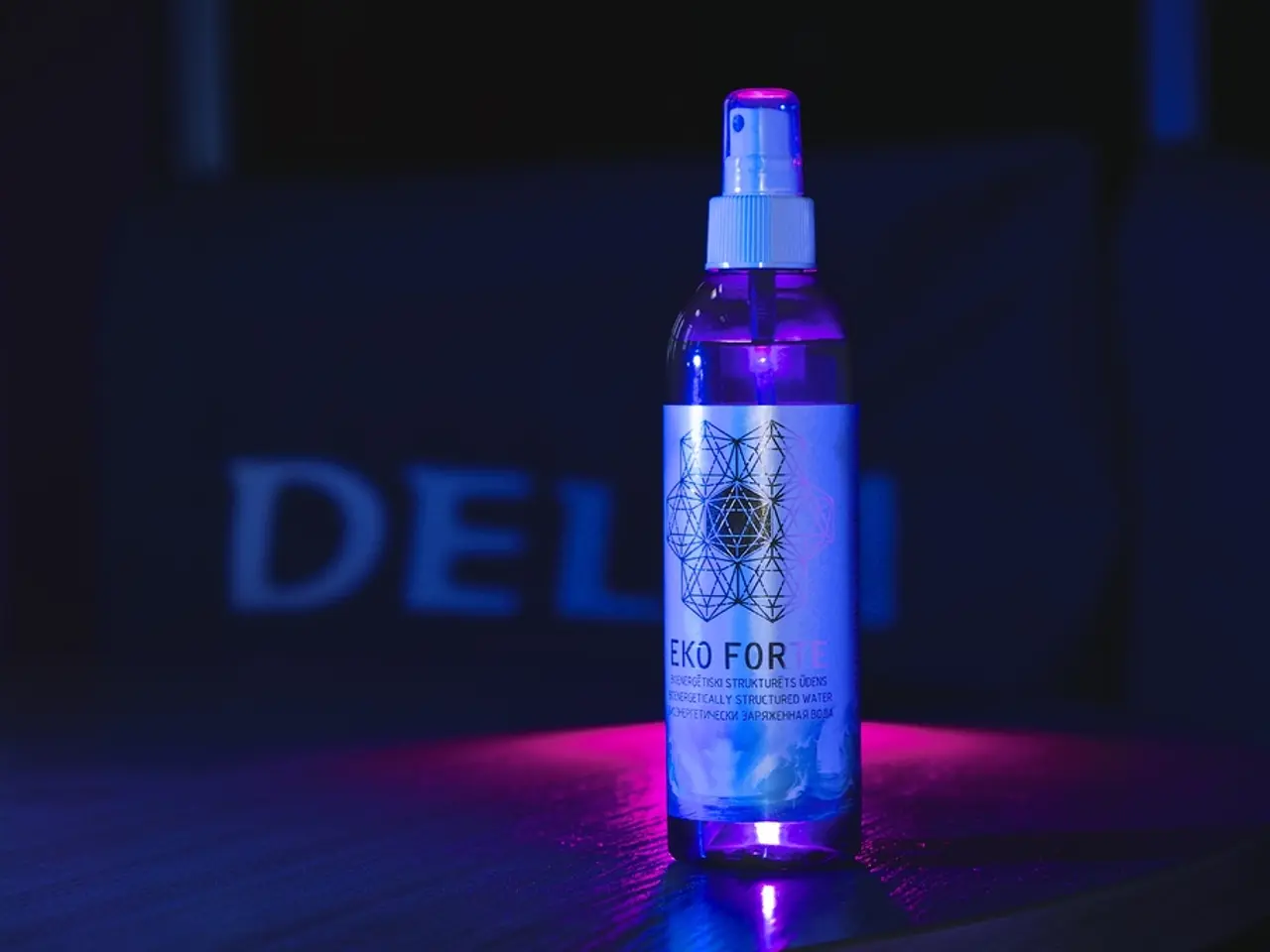Harmful Impact and Consequences of Consuming Silica Gel
In a world where leather goods, electronics, and display cases are commonplace, so too are small packets of silica gel. These packets, often found inside these items, are used to maintain dryness and freshness, as well as to prevent mold and spoilage. However, they can pose a risk, particularly when accidentally ingested, especially by children and pets.
Silica gel is a form of silicon dioxide, a mineral found in quartz. While it is chemically inert and non-toxic, the primary danger lies in the potential for choking, especially for young ones and pets. The small packets can obstruct airways or cause internal blockage, necessitating careful monitoring and possibly medical intervention.
For children over the age of 1, the Heimlich maneuver can be performed to dislodge a silica gel packet. For younger children, holding them face down on their forearm and using the heel of the hand to strike between the shoulder blades can help dislodge the packet.
Ingestion of large quantities of silica gel can cause gastrointestinal discomfort, but severe poisoning is rare. Some silica gel variants contain toxic dyes, such as cobalt chloride, which can indicate humidity by changing colour on exposure to moisture. However, these dyes are present in very small amounts, reducing the toxicity risk.
For pets, symptoms of intestinal obstruction, such as appetite loss, bloating, dehydration, diarrhea, hunching, vomiting, and whining, may occur if they have ingested large amounts of silica gel. In such cases, veterinary attention is advised.
It is essential to remember that while silica gel is generally non-toxic, it can still pose a choking hazard and cause mild gastrointestinal issues if ingested, particularly in children and pets. In all cases of accidental ingestion, professional medical advice should be sought immediately.
In the United States, the American Association of Poison Control Centers can be contacted at 1-800-222-1222 for advice and guidance. For those in the UK, Poison Control can provide advice on what steps to take after accidental ingestion of silica gel, including whether further medical attention is needed.
[1] American Association of Poison Control Centers. (n.d.). Silica gel. Retrieved from https://www.aapcc.org/media/fact-sheets/silica-gel [2] National Library of Medicine. (n.d.). Silica gel. Retrieved from https://medlineplus.gov/ency/article/002912.htm [3] Centers for Disease Control and Prevention. (n.d.). Silica. Retrieved from https://www.cdc.gov/niosh/topics/silica/ [4] Food and Drug Administration. (n.d.). Silica gel. Retrieved from https://www.fda.gov/food/ingredientspackaginglabeling/packagingmaterials/ucm078589.htm [5] Pet Poison Helpline. (n.d.). Silica gel. Retrieved from https://www.petpoisonhelpline.com/poison/silica-gel/
- Choking hazards from ingesting silica gel can occur in children and pets, necessitating immediate medical attention.
- Ingesting large amounts of silica gel may cause gastrointestinal discomfort, though severe poisoning is uncommon.
- Some silica gel variants contain toxic dyes, such as cobalt chloride, which can indicate moisture exposure but also pose a small risk of toxicity.
- For pets, symptoms of intestinal obstruction, like appetite loss, bloating, dehydration, diarrhea, and vomiting, may occur if they ingest silica gel.
- In all cases of accidental silica gel ingestion, professional advice should be sought from organizations like the American Association of Poison Control Centers or Poison Control in the UK.
- To dislodge a silica gel packet from a child's throat, the Heimlich maneuver can be performed for those over 1 year old, while younger children may require holding in a specific position and using the heel of the hand.
- In a workplace-wellness context, awareness of the potential choking hazard posed by silica gel and taking precautions to keep it out of reach of children and pets can contribute to a safe, healthy, and family-friendly work environment.
- The practice of skin-care, nutrition, mental-health, eye-health, fitness-and-exercise, and other therapies-and-treatments are important components of maintaining overall health and lifestyle, while also keeping an eye on pet care and the risks posed by household items like silica gel.
- Chronic-diseases, such as chronic-kidney-disease, diabetes, and respiratory-conditions, require ongoing management and attention, with regular medical check-ups and following a healthy lifestyle to prevent complications.




